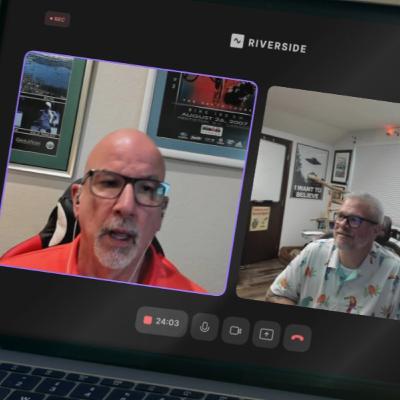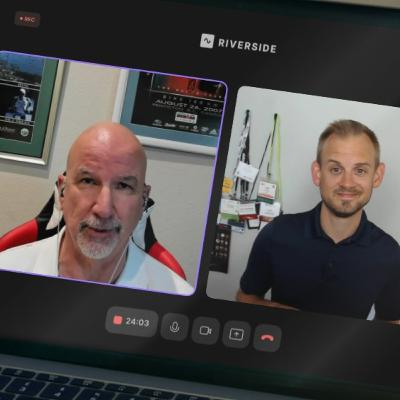Steering Safety with Science: Dr. Gina Anderson on Learning That Saves Lives
Description
Summary
In this episode of the Doug Thompson podcast, Dr. Gina Anderson, CEO of Luma Brighter Learning, discusses the importance of effective training in logistics, the science of attention and learning, and how emotional resonance can enhance presentations. She emphasizes the role of learning in happiness and mindset, the need to adapt messages for different generations, and the impact of technology on communication and learning. Dr. Anderson shares insights on neuroplasticity and the power individuals have to change their mindset and improve their lives through learning.
Contact Gina
https://linktr.ee/drginaanderson
https://lumabrighterlearning.com/
https://www.learningwithgina.com/thrive/
Takeaways
Dr. Gina Anderson is a thought leader in learning and logistics.
Effective training in logistics is crucial for safety and compliance.
Attention spans are short; engaging content is essential for learning.
Emotional resonance in presentations helps create lasting memories.
Learning is a key factor in personal happiness and mindset.
Adapting messages for different generations is important for effective communication.
Technology impacts how we learn and communicate.
Neuroplasticity allows individuals to change their brain and mindset.
Interpersonal interaction is vital for human connection.
Continuous learning is essential for personal growth and happiness.
Titles
Unlocking the Secrets of Effective Learning
The Science Behind Attention and Learning
Sound Bites
"You can change your brain."
"Learning is the seed of life."
"You have to keep learning."
Chapters
00:00 Introduction to Dr. Gina Anderson
02:05 The Importance of Effective Training in Logistics
05:44 Understanding the Science of Attention and Learning
11:16 Creating Emotional Resonance in Presentations16:48 The Impact of Technology on Communication
23:40 Adapting Messages for Different Generations
Keywords
learning, logistics, training, emotional resonance, happiness, generational differences, technology, attention, neuroplasticity, communication






















